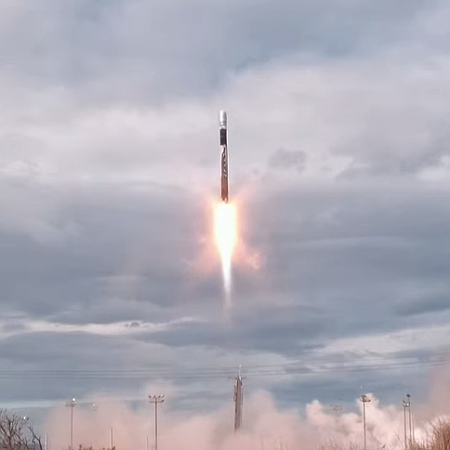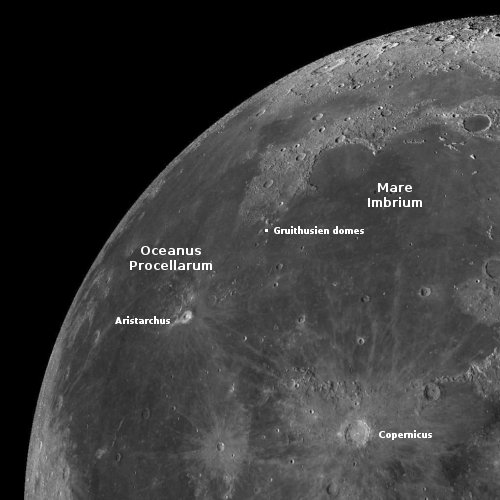SpaceX sues to have NLRB complaint dismissed
SpaceX yesterday filed a lawsuit in the federal courts to have the employee complaint filed by the National Labor Relations Board (NLRB) dismissed as a violation of the company’s fifth and seventh amendment rights as well as article II of the Constitution.
You can read SpaceX’s lawsuit here [pdf]. It specifically lists as defendants the board members of the NLRB, as well as the unnamed administrative judge who will run the NLRB’s case, once it begins.
The SpaceX lawsuit is interesting in that it challenges the very legal structure that has established the NLRB, stating that its actions are illegal because that structure forbids the President from having full control over its actions, as required by article II of the Constitution.
Whether this lawsuit succeeds is of course unknown, but its quick filing tells us that SpaceX was prepared for this NLRB action, even before it was filed. It also tells us that the company now recognizes the overall threat to it by the Biden administration, which appears to be trying to weaponize every agency in the federal government to destroy the company, and is prepared to fight long and hard against this abuse of power.
SpaceX yesterday filed a lawsuit in the federal courts to have the employee complaint filed by the National Labor Relations Board (NLRB) dismissed as a violation of the company’s fifth and seventh amendment rights as well as article II of the Constitution.
You can read SpaceX’s lawsuit here [pdf]. It specifically lists as defendants the board members of the NLRB, as well as the unnamed administrative judge who will run the NLRB’s case, once it begins.
The SpaceX lawsuit is interesting in that it challenges the very legal structure that has established the NLRB, stating that its actions are illegal because that structure forbids the President from having full control over its actions, as required by article II of the Constitution.
Whether this lawsuit succeeds is of course unknown, but its quick filing tells us that SpaceX was prepared for this NLRB action, even before it was filed. It also tells us that the company now recognizes the overall threat to it by the Biden administration, which appears to be trying to weaponize every agency in the federal government to destroy the company, and is prepared to fight long and hard against this abuse of power.






